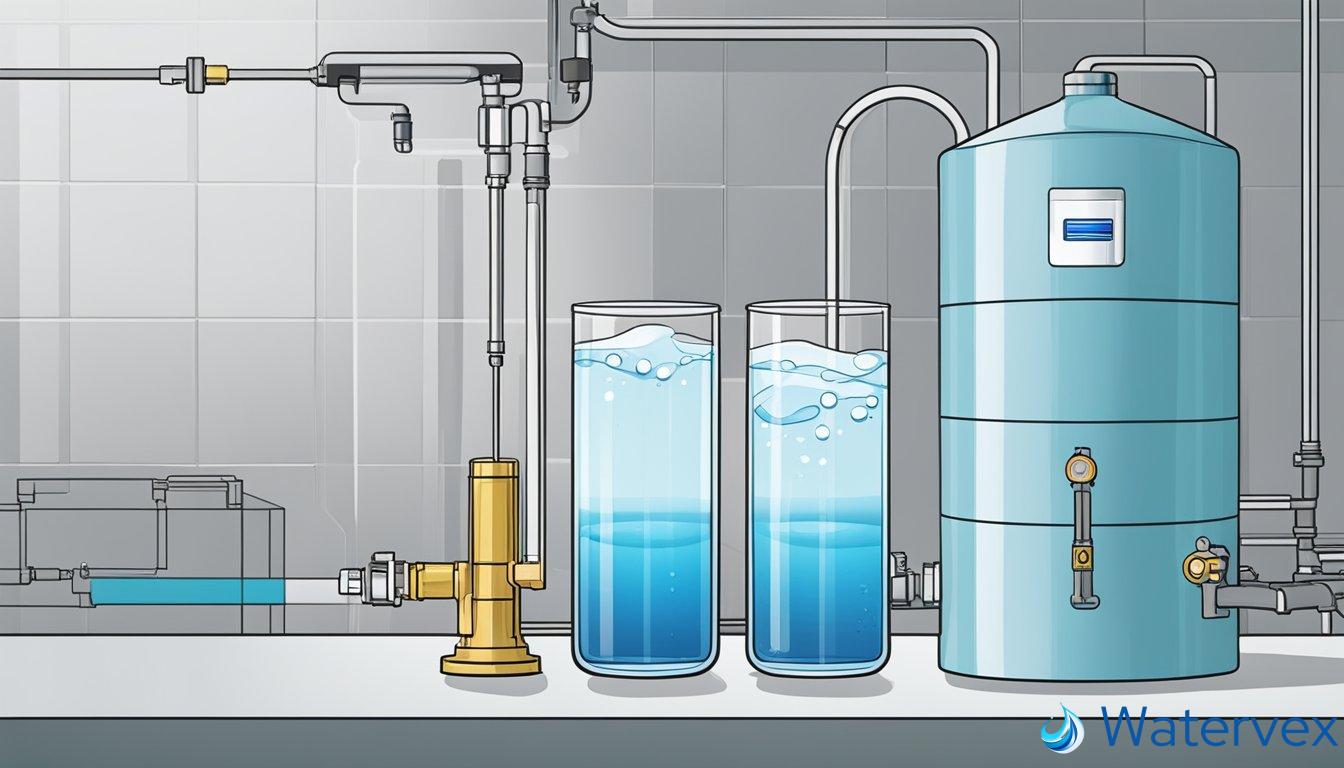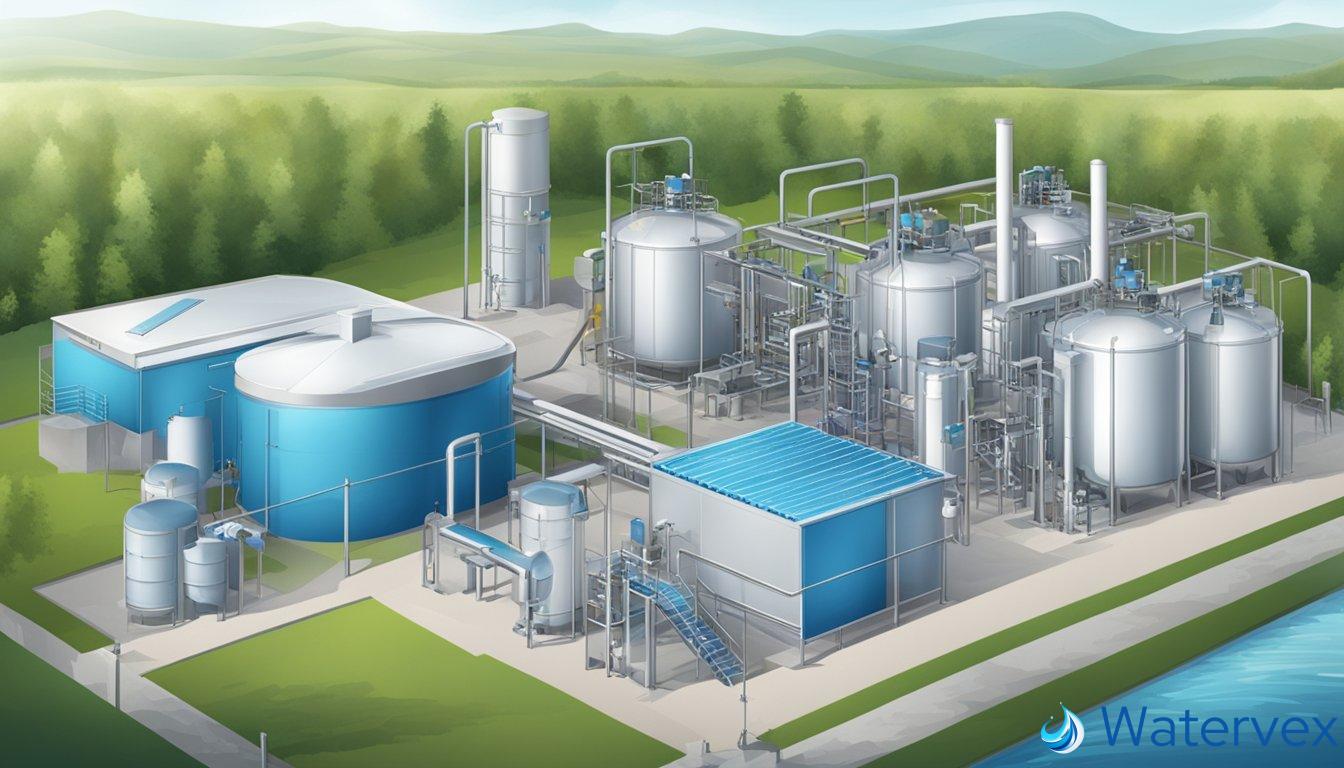Water treatment is an intricate field that blends science and technology to ensure the water you use and drink is safe. Delving into the basics of this process reveals a world where every drop of water you encounter has been treated through various stages to meet stringent quality standards. It begins with understanding the pH level of water, which is fundamental to determining the appropriate treatment methods. Whether it’s making water suitable for drinking or for industrial use, managing pH levels is a critical first step. Following this, several processes such as coagulation, filtration, and disinfection come into play to remove contaminants and harmful organisms.

Another essential aspect is water softening, a subset of water treatment that specifically addresses the issue of ‘hard’ water filled with minerals like calcium and magnesium. Through ion exchange, hard water is transformed, improving its compatibility with soap and reducing scale buildup in your pipes and appliances. Moreover, oxidative processes are employed to further purify water by breaking down pollutants on a molecular level, which enhances the drinking quality.
Key Takeaways
- Understanding pH is vital for choosing the right water treatment methods.
- Water softening through ion exchange prevents scale and improves water interaction with soap.
- Advanced processes like oxidation help in achieving superior drinking water quality.
Basic Principles of Water Treatment
The quest for clean water can be complex, involving a combination of chemical, biological, and physical processes designed to remove contaminants. This is critical for maintaining water safety for drinking and other uses.
Understanding Water Chemistry and Treatment Processes
Water treatment revolves around understanding the chemistry of water, the contaminants present, and the reactions necessary to remove them. Whether you’re dealing with hard water in your home or concerned about the various minerals affecting your appliances, knowing the chemical treatment processes is crucial. These processes can neutralize harmful elements through reactions like oxidation or reduce mineral content using ion exchange. Biological treatment is another key component, particularly in wastewater treatment, where microorganisms are used to break down organic matter in a process known as advanced activated sludge.
The process of nutrient removal is instrumental; it targets nitrogen and phosphorus, which in excess can wreak havoc on aquatic ecosystems. Premier treatment facilities may include advanced options like membrane filtration and advanced oxidation processes to tackle stubborn contaminants. Pretreatment stages are also significant, preparing industrial wastewater before it enters the main system to ensure treatment is effective.
Equipment and Technology in Water Treatment
Modern water treatment relies heavily on technology—not just for the treatment itself but also for maintenance and monitoring. Equipment like membranes, designed to perform membrane filtration, can purify water by removing even the smallest particles. Meanwhile, SCADA systems, integral for automation, enable water quality professionals to keep a close eye on treatment processes from afar, enhancing control over complex operations.
For residential concerns, technologies like water conditioners and filters equipped with odor control can significantly improve water quality. Handling the by-products of treatment, such as sludge, is a critical step in the process, requiring procedures like thickening, dewatering, and stabilization. It’s essential to understand that investing in advanced equipment ensures efficient solids management and supports water reuse efforts, contributing to a more sustainable approach to water management.
The Importance of Water Softening

When you invest in water softening, you’re taking a significant step towards improving your home’s water quality. This process, crucial in water treatment, involves ion exchange to remove minerals like calcium and magnesium, which are the primary culprits behind water hardness.
Benefits of Softened Water for Appliances
Scale Prevention: Your appliances are less prone to the damaging effects of scale buildup when you use softened water. Scale is a hard, chalky deposit that forms inside appliances like water heaters and dishwashers, which can reduce efficiency and increase maintenance costs.
Appliance Longevity: By using softened water, you’re likely to extend the life of your appliances. The ion exchange process in water softening reduces mineral concentrations, which can otherwise precipitate and clog pipes, degrade heating elements, and cause premature wear.
Filtration and Drinking Quality

Filtration is not just a barrier to impurities; it’s a proactive mechanism to enhance drinking water quality. Sophisticated home systems now combine multiple stages of filtration with advanced processes like aeration and electrochemical oxidation.
Home Filtration Systems and Their Impact on Water Quality
When you install a home filtration system, you’re investing in a multi-barrier approach to purify your water. Here’s how it works: First, aeration releases dissolved gases and volatile compounds into the air. Think of it as allowing your water to take a deep breath, dispelling unwanted smells and tastes.
Moving on, coagulation plays a key role. Tiny particles get a sticky surface and clump together, forming larger particles that are easier to filter out. It’s like making snowballs before a snowball fight – the bigger they are, the easier they are to handle.
Oxidation, on the other hand, is about transformation; substances like iron and manganese, which cause staining and metallic taste, are converted into filterable particles. It’s akin to turning lead into gold, except you’re fixing your water’s quality problems.
In some systems, electrocoagulation delivers a jolt of electricity to destabilize suspended particles. It’s a bit like using static to pick up scraps of paper with a balloon – an electrical charge can be quite the clean-up ally.
Electrodialysis and electrochemical oxidation are the tech-savvy members of the filtration family, employing electrical processes to remove smaller contaminants and further enhance water taste and safety.
By incorporating these technologies, home filtration systems offer you a defense line against a plethora of impurities, delivering water that not only complies with safety standards but also rises to meet your family’s standards for quality and taste.
Operational Excellence and Professional Development

Attaining operational excellence in water treatment requires a solid foundation in theoretical knowledge, as well as practical skills. Professional development is the pathway to ensuring that operators are well-equipped to handle the complexities of modern water resource recovery facilities.
Evolving Technologies and Operator Training
Staying current with emerging technologies is critical for water treatment operators. Today, specialized training programs like the Wastewater Treatment Fundamentals from the Water Environment Federation (WEF) play an essential role in elevating an operator’s abilities. These resources help operators not only prep for certification examinations but also stay abreast of evolving technologies, like nitrate reduction methods and advancements in aeration systems.
Operators are encouraged to engage with materials that cover a breadth of need-to-know criteria, from primary treatment to more advanced processes like activated sludge. Programs are designed to improve math skills and provide continuing education units (CEUs). For example, WEF offers extensive online courses and training, including study questions, chapter summaries, and chapter exercises tailored towards verbal learners with resources available in languages such as Spanish, Mandarin, and Vietnamese.
Universal Recognition and Certification
Obtaining certifications is more than a professional milestone; it’s about achieving a universally recognized standard of proficiency in managing water treatment systems. Entities like the Association of Boards of Certification (ABC) set the bar high, detailing need-to-know criteria for the operation of water resource recovery facilities.
For operators, passing the first three levels of certification examinations helps establish their expertise and commitment to excellent management. Moreover, advanced practitioners aiming at the fourth and fifth levels derive value from MOP 11, a comprehensive guide for water resource recovery facilities. Certification brings a level of professionalism that reassures the community, including families concerned about water safety and homeowners looking to improve water quality, that their water is managed responsibly and effectively.

